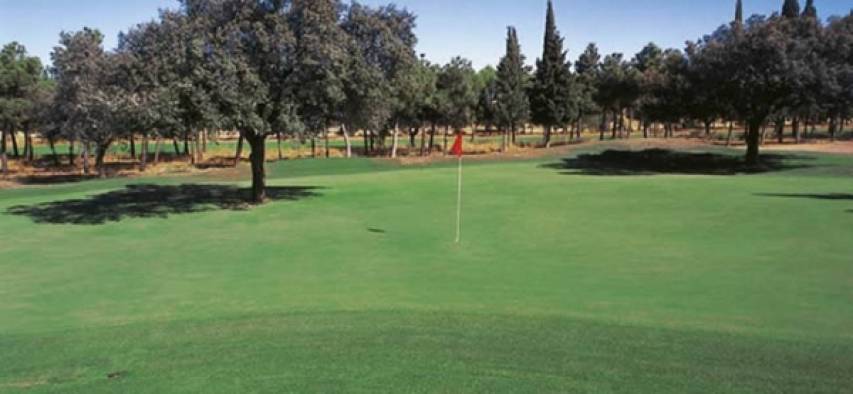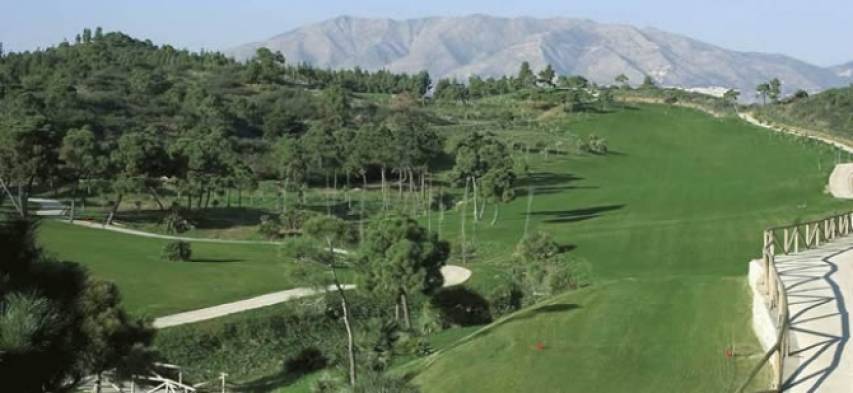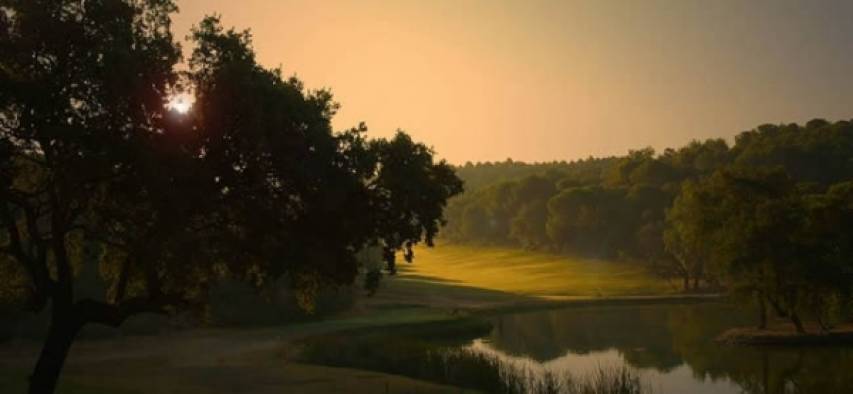Willie Anderson\'s place in U.S. Open history belongs on the same pantheon as Bobby Jones, Ben Hogan and Jack Nicklaus. He was the first to win four U.S. Open Championships and the only golfer in history to win three in succession. The sad part of Anderson\'s biography is that he died at the age of 31 from what has been described as an over-indulgent lifestyle.
Since his death in 1910, only five golfers – including Hogan (1950, 1951) and Curtis Strange (1988, 1989) – have won two consecutive Opens, and only Hogan has come close to winning four in five years, as Anderson did in 1901, 1903, 1904 and 1905.
Alex Smith, a Scotsman who finished second to Anderson in two U.S. Opens, believed that \"most likely, had he lived longer, Willie would have set a record for Open championships that would never be beaten\". From 1897 to 1910, Anderson won the Open four times, and finished second once, third once, fourth twice and fifth three times. He also won the Western Open four times, which at the time was considered a major championship.
Reared on the links of North Berwick, Scotland, Anderson was a sturdy man with muscular shoulders, brawny forearms and exceptionally large hands. He played with a flat, full-sweeping action that was characteristic of the Scots and known as the \"St. Andrews swing\". Despite what many considered to be swing flaws, Anderson was consistently accurate. Gene Sarazen was once practising bunker shots when another pro casually asked him if Willie Anderson could have gotten out of those bunkers as well as he was doing. \"Get out of them?\" Sarazen said. \"He was never in them!\"
Anderson\'s first U.S. Open victory came at Myopia Hunt Club in 1901. Using a gutta percha ball, he defeated Alec Smith in the first play-off in Open history. Five strokes down with five holes to play, Anderson finished 4-4-4-4-4 to defeat Smith 85 to 86. It was payback for the 1897 Open, where Smith hit a brassie to two and half metres on the closing hole and made the putt to defeat the 17-year-old Anderson. It was also a showcase for Anderson to make a stand for social change. The custom was for the professionals to eat their lunch in the clubhouse kitchen, but Anderson would not stand for that. \"Nae, nae, we\'re nae goin\' t\' eat in the kitchen,\" he said, swinging his club and taking a divot out of the club\'s lawn. A compromise was reached: Myopia erected a tent and the pros ate there.
After finishing fifth in 1902, Anderson went on his historic run. He won at Baltusrol – where he later was host professional – in 1903 in a play-off against Deacon Davey Brown. The next year, Anderson set the Open scoring record by shooting 303 to win by five strokes over Gil Nichollas at Glen View Golf Club. In 1905, Anderson completed his successive hat-trick by making up a five-stroke deficit with 36 holes to play at Myopia. His streak ended in 1906 at Onwentsia, where, needing 72 in the final round, he staggered home in 84.
Anderson was modest in nature, never boasting about the level of his play, always letting his game speak for itself. For this he developed a reputation of being dour. \"You couldn\'t tell whether he was winning or losing by looking at him,\" said Fred McLeod, the U.S. Open champion of 1908.
Unlike J.H. Taylor and Harold Hilton, he never wrote an instructional book, but he taught effectively and many aspiring amateurs worshipped him. He died in 1910, five years after winning his fourth Open. The official cause of his death was arteriosclerosis, a hardening of the arteries.
\"How good was Willie Anderson?\" wrote Robert Sommers in the USGA Golf Journal. \"Those who played against him and watched the great players of later years said he was as good as anyone who ever played.\"







